Description
HISTORY OF THE ABERDARES
The class were named as ‘Aberdares’ because their main duty was hauling coal trains from Aberdare to Swindon and many remained on this work until relieved by the heavier 2-8-0 and 2-8-2T classes. The ‘Aberdares’ were designed as the goods version of the ‘Bulldog’ and ‘Atbara’ classes and began with the prototype, number 33. Built in August 1900 with a number 2 parallel boiler and Belpaire firebox, this locomotive was a neat and compact engine compared to the ‘Krugers’ that the class was to replace. This engine was visually different from rest of class by the massive compensating beam in front of the leading driving wheels and the vertical spring hangers fitted to the leading driving wheels whereas the rest of the class employed inclined spring hangers. She was renumbered as 2600 in December 1912.
The first production batch of the class were numbered 2621 – 2640 followed by numbers 2641 – 2660. The numbers of 2601 – 2620 were not used immediately as the ‘Krugers’ occupied these numbers. These two batches were also fitted with the Standard number 2 parallel boiler whereas the next batch, 2661 – 2680, were given the Standard number 4 taper boiler, except for number 2661 which initially was fitted with a Standard number 4 parallel boiler. The final two batches, 2611 – 2620 and 2601 – 2610 (which replaced the numbers used by the ‘Krugers’) were also fitted with the number 4 taper boiler.
The achilles heel of the class was the steam reversing gear which, although very easy to work, had a tendency to drift so that a continual watch had to kept on its setting. Boiler additions of superheating began in December 1908 followed by top feed which started in March 1911. Many engines from 1929 were given the large R. O. D. tenders of Great Central design as these engines became withdrawn.
Scrapping began in 1934 as some of the class were replaced by 2-8-2T’s and other gradual withdrawals continued until 1938. Five locomotives which were withdrawn in early 1939, numbers 2640 / 48 / 49 / 52 / 57, were not cut up but stored as a war reserves and these five were reinstated into service by January 1940. Withdrawals began again in 1944 until the last member, number 2667, was withdrawn in October 1949.

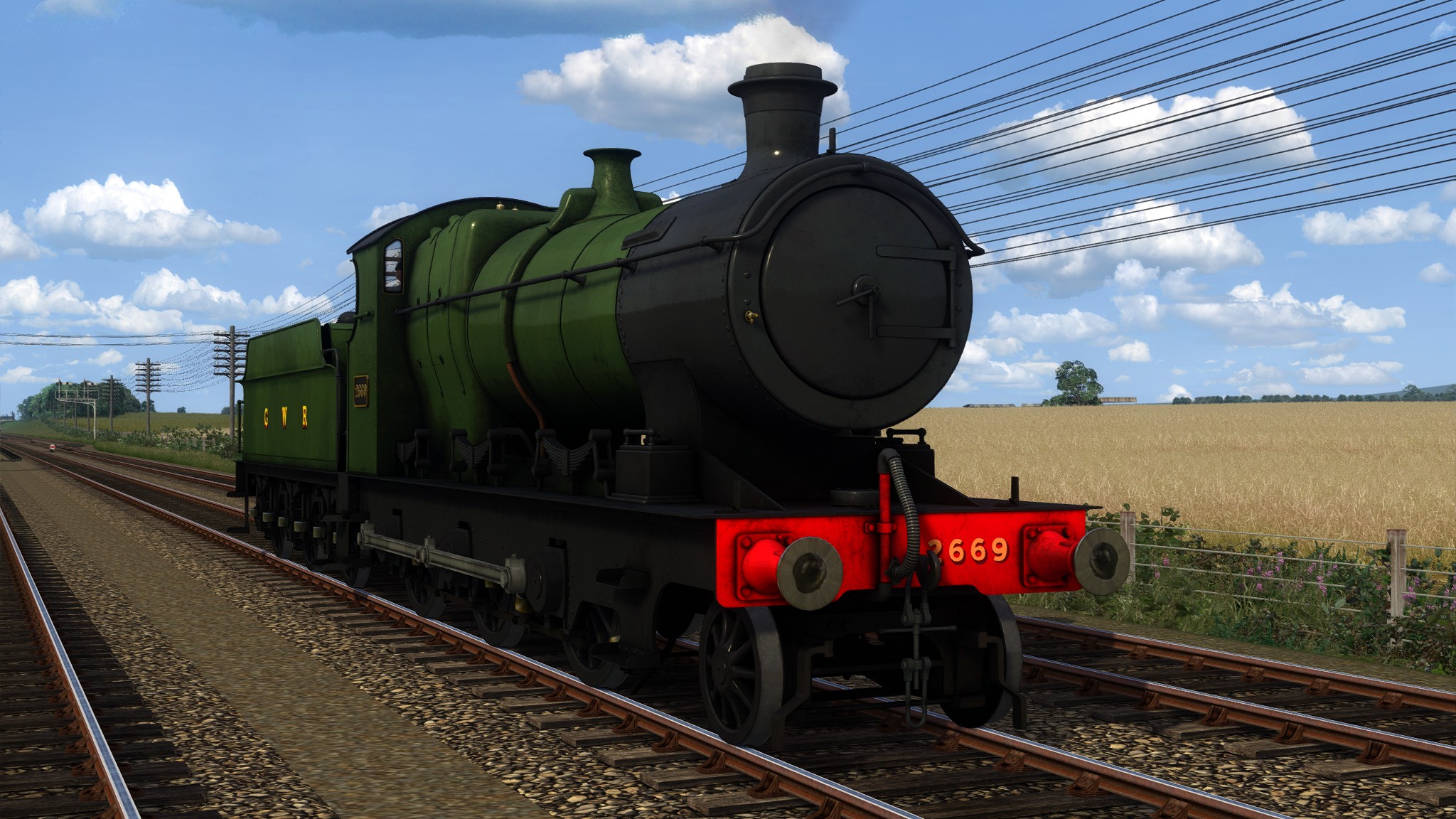
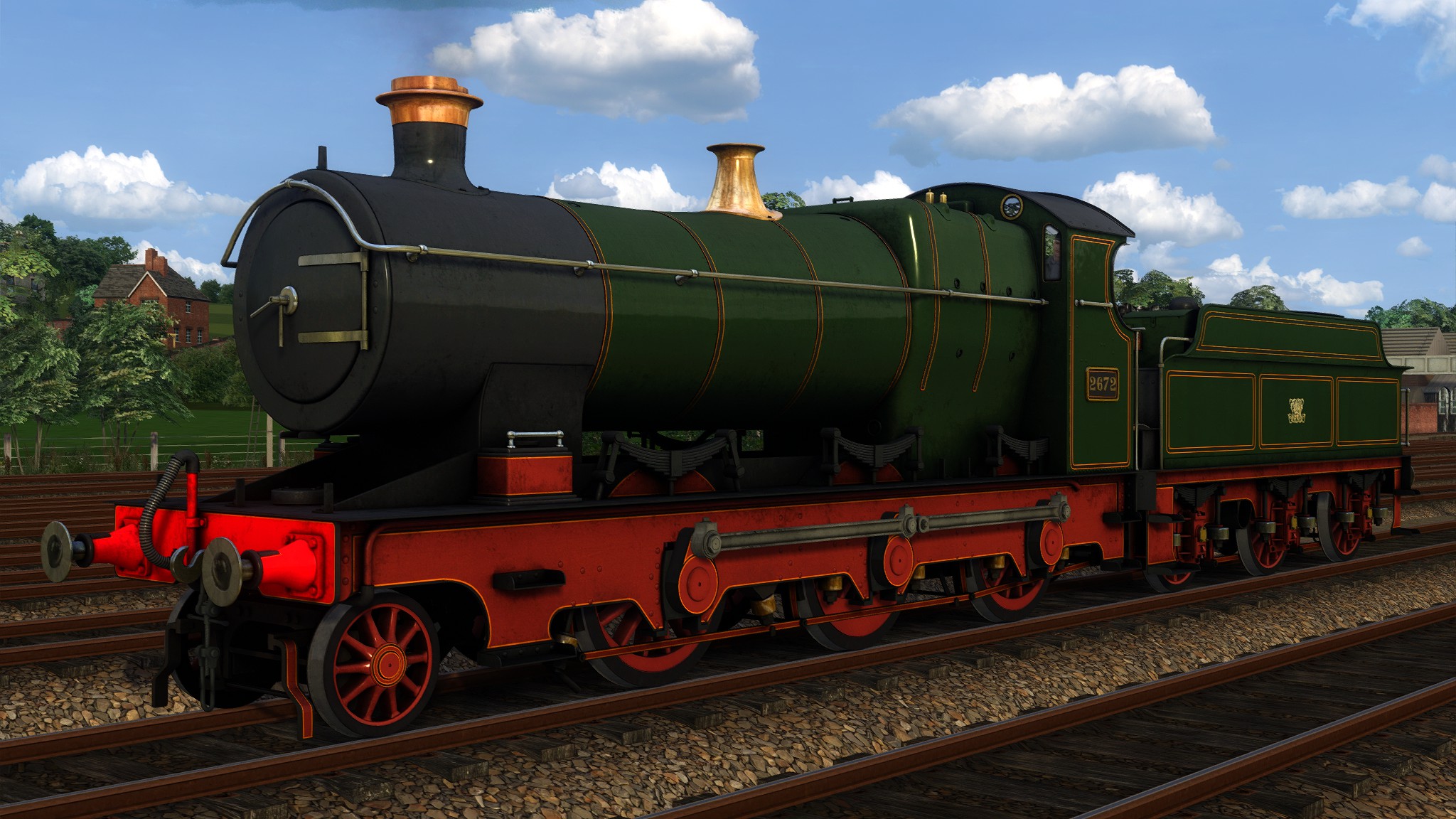
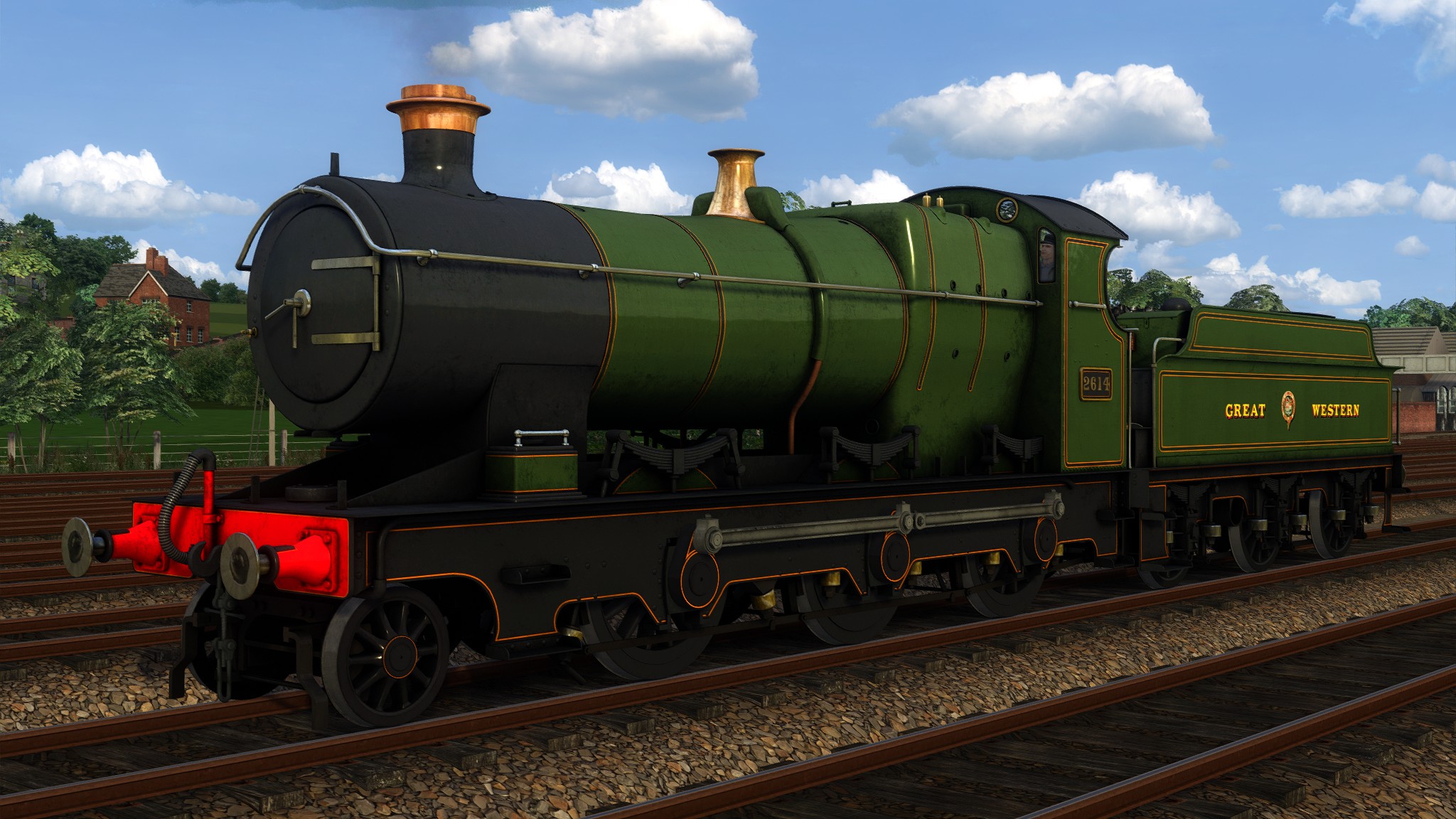
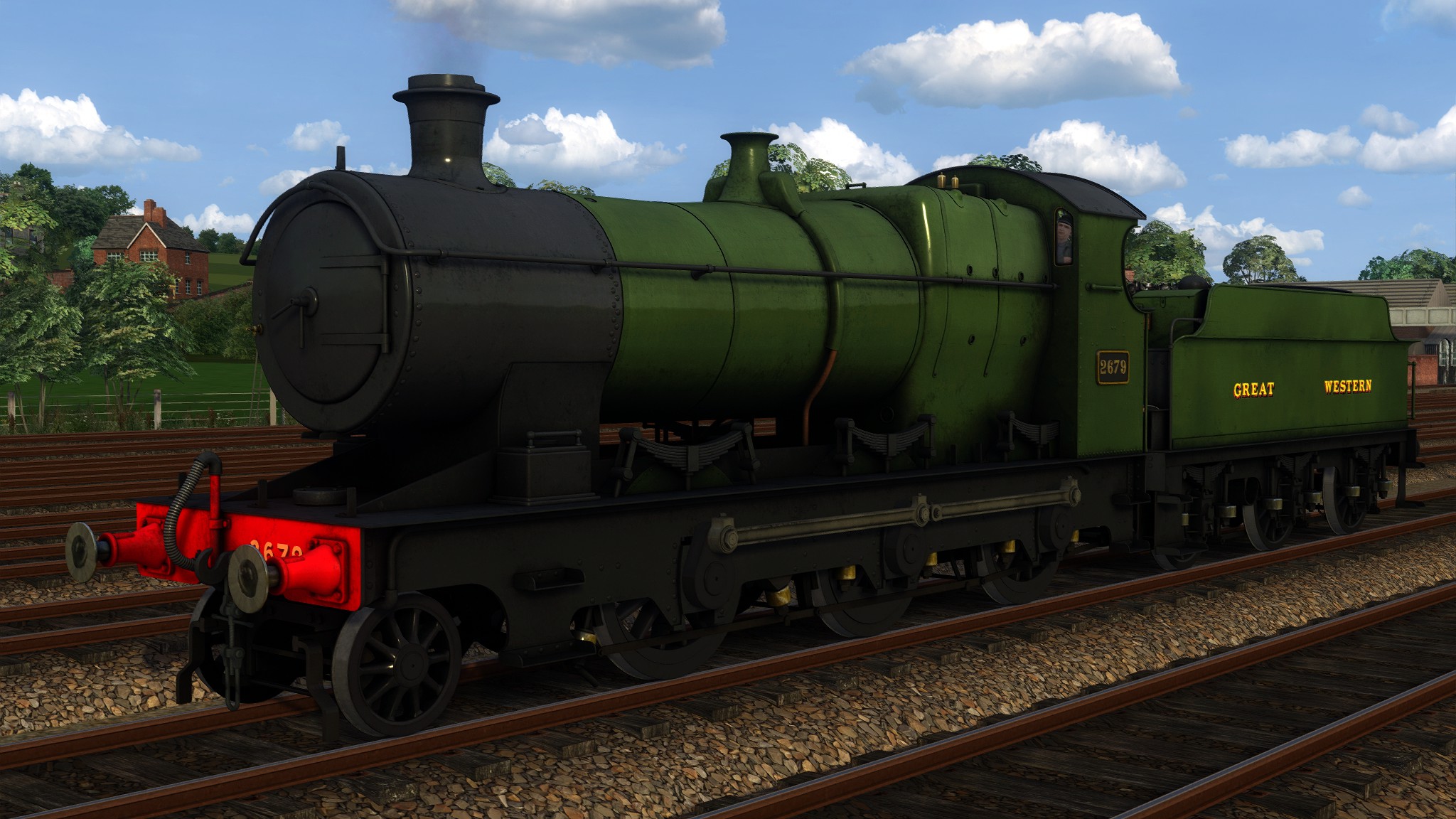
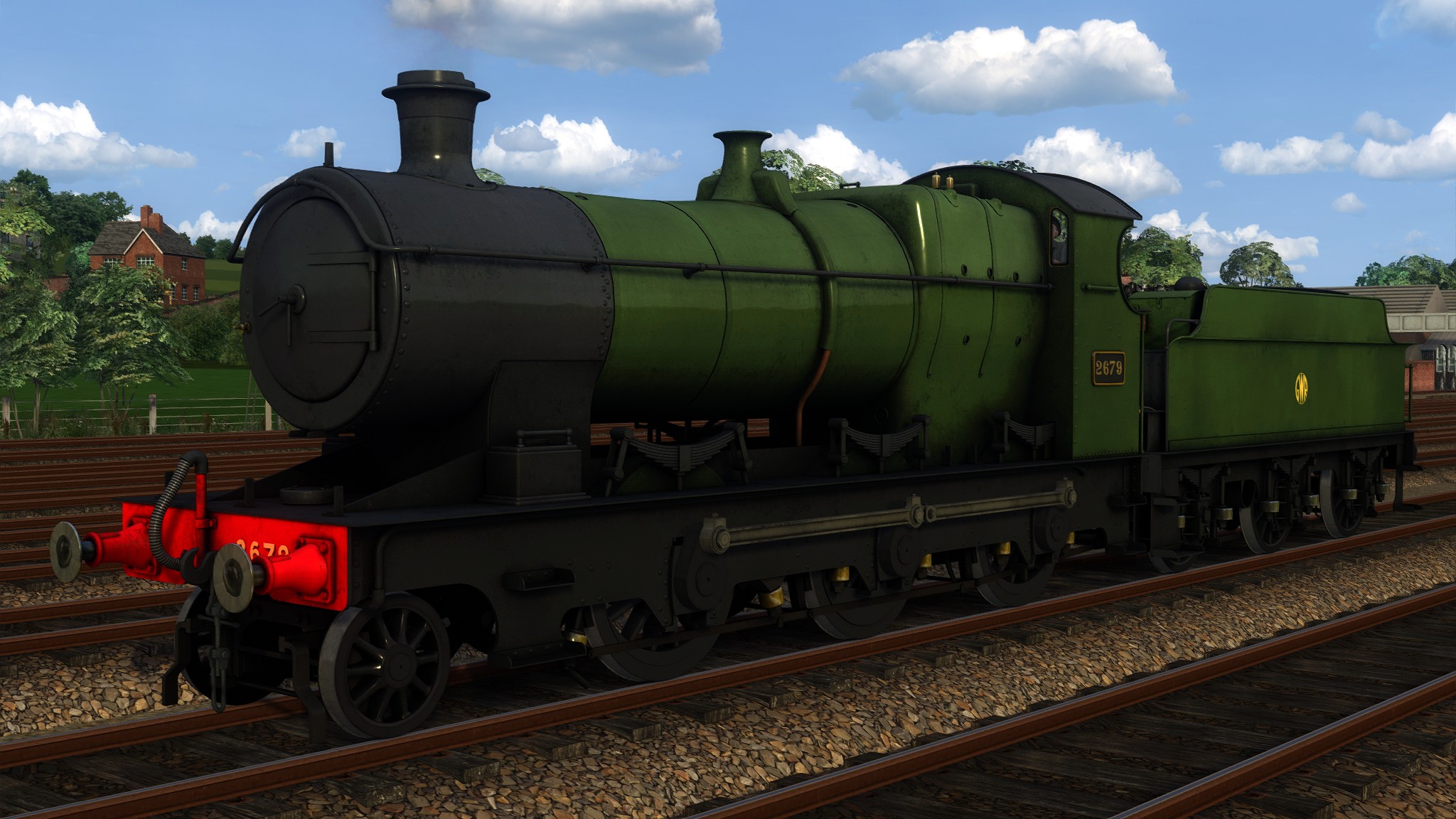
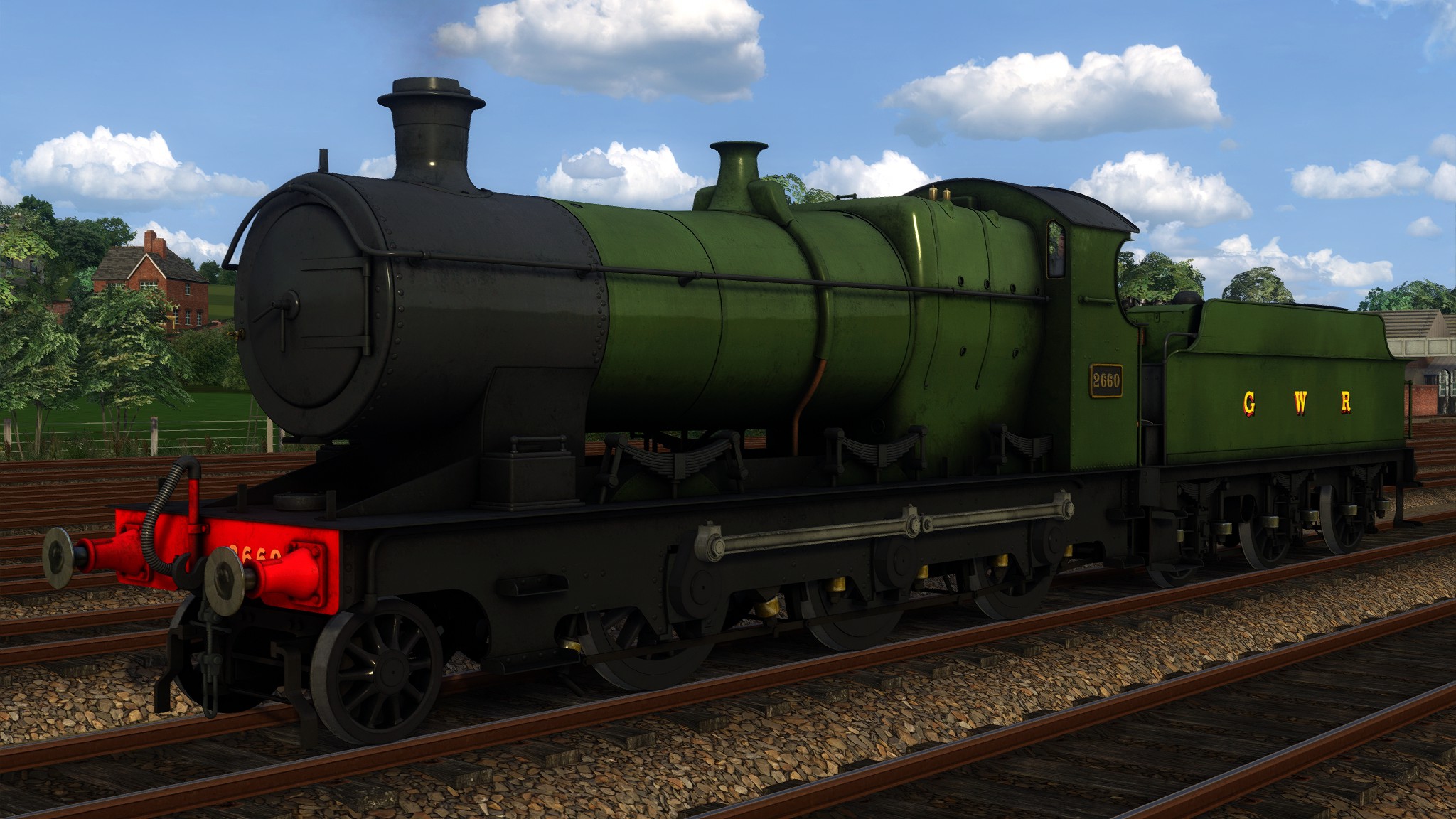
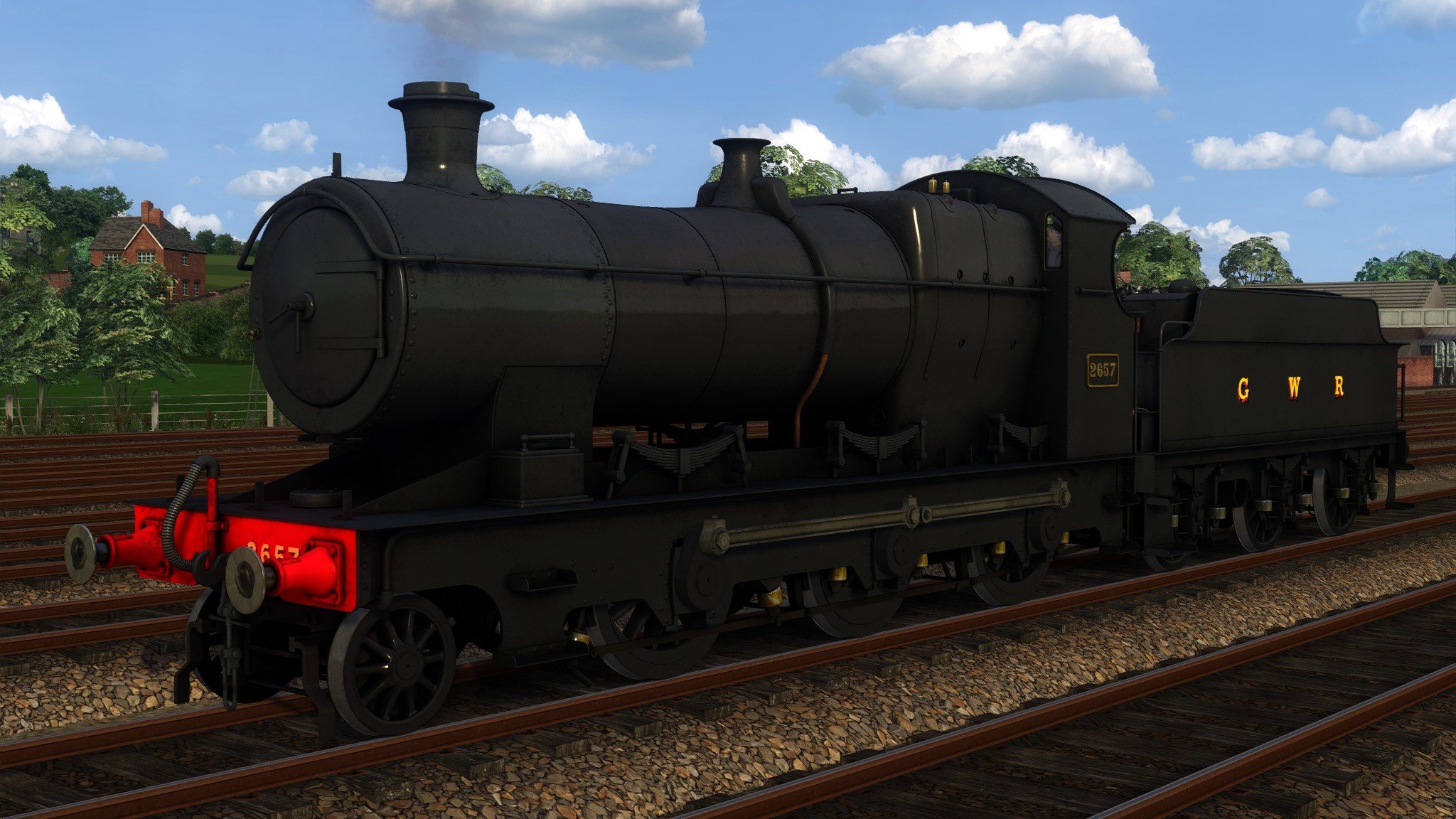
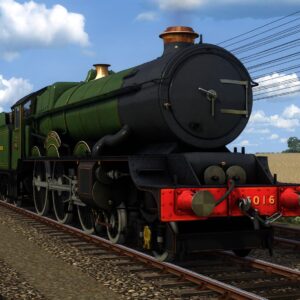
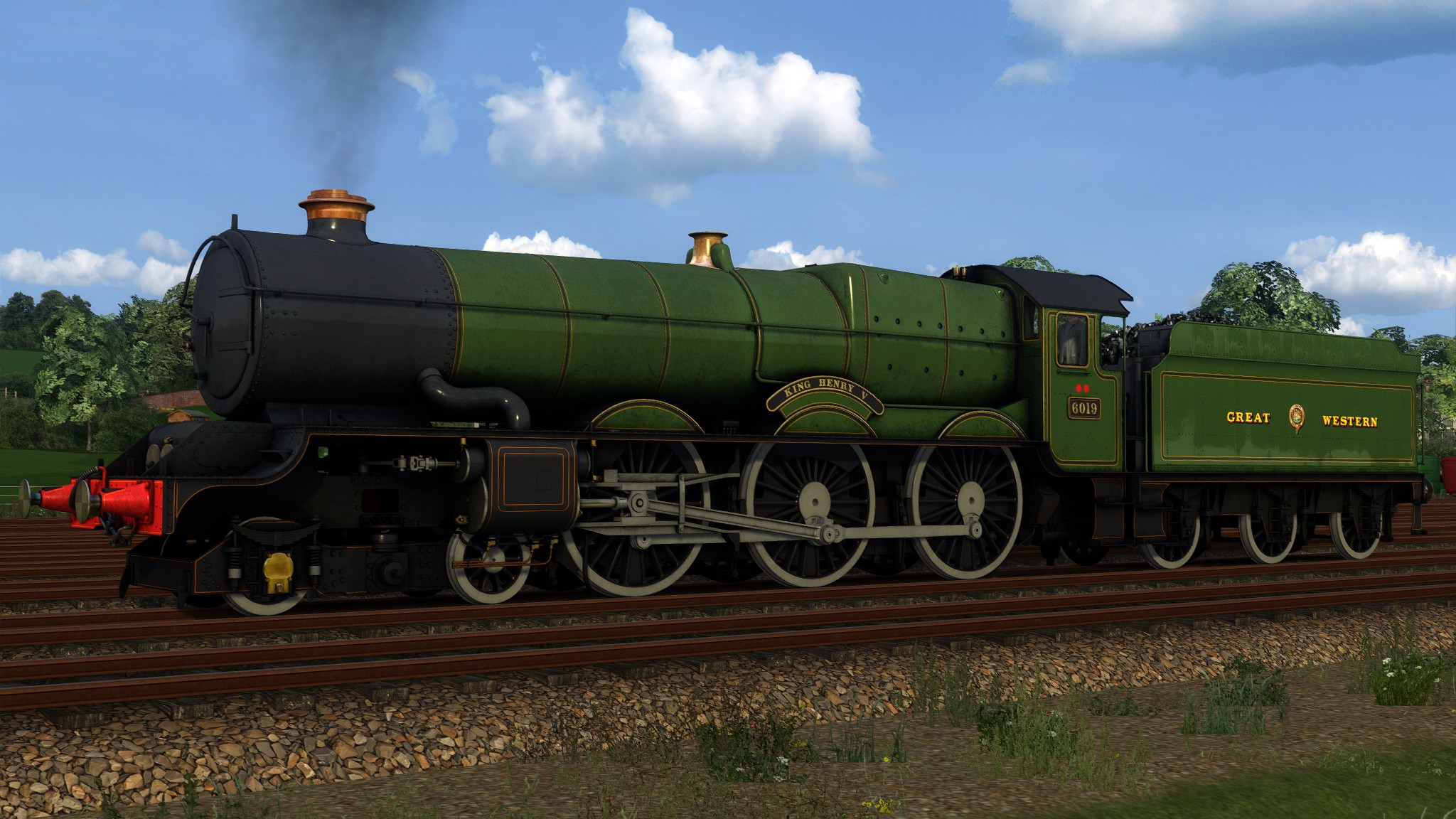
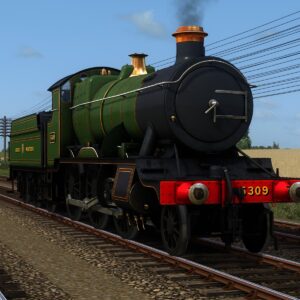
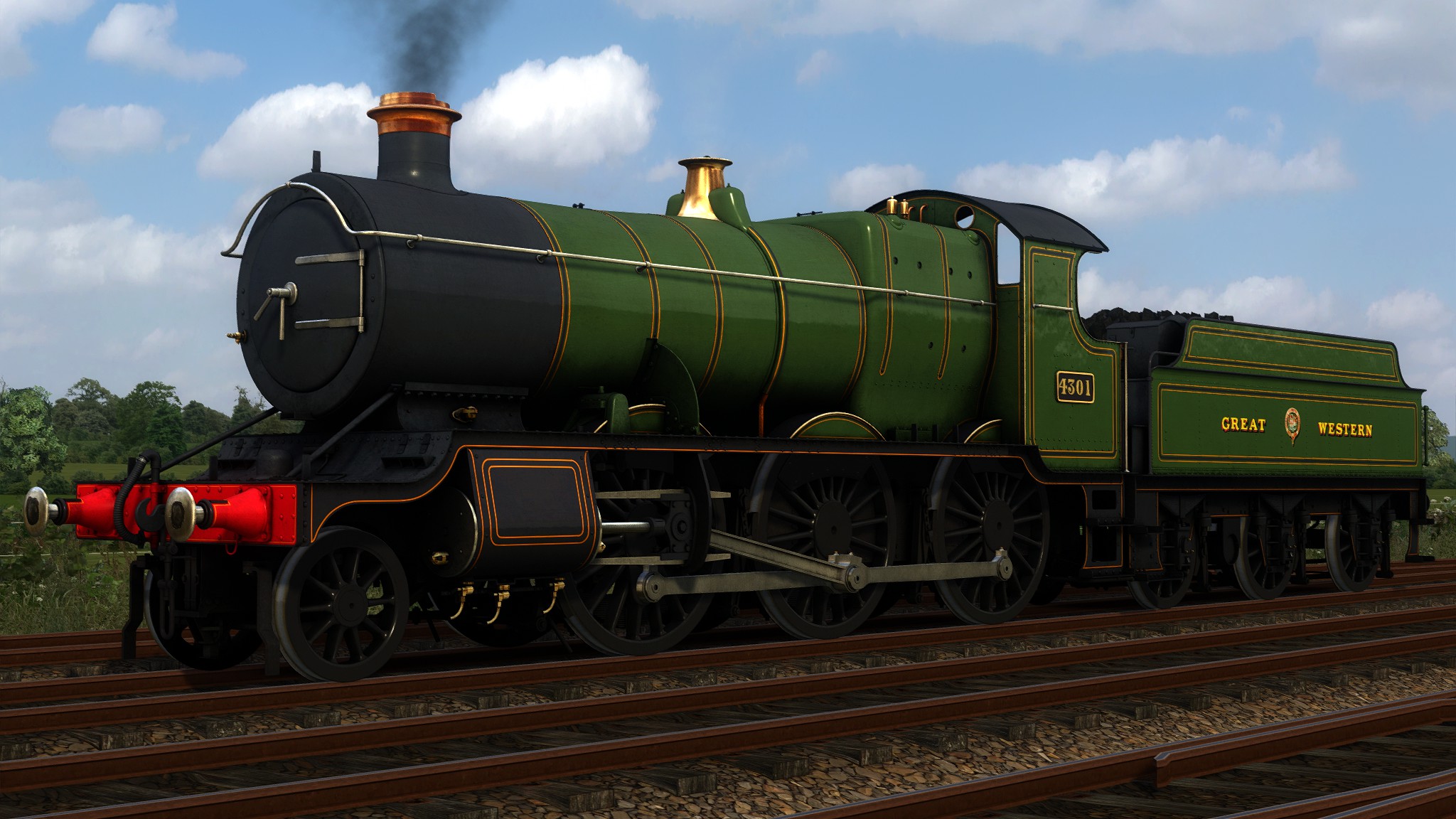
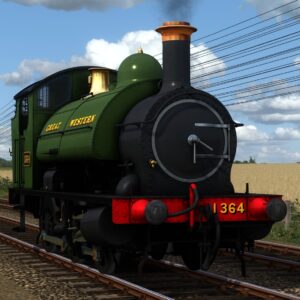
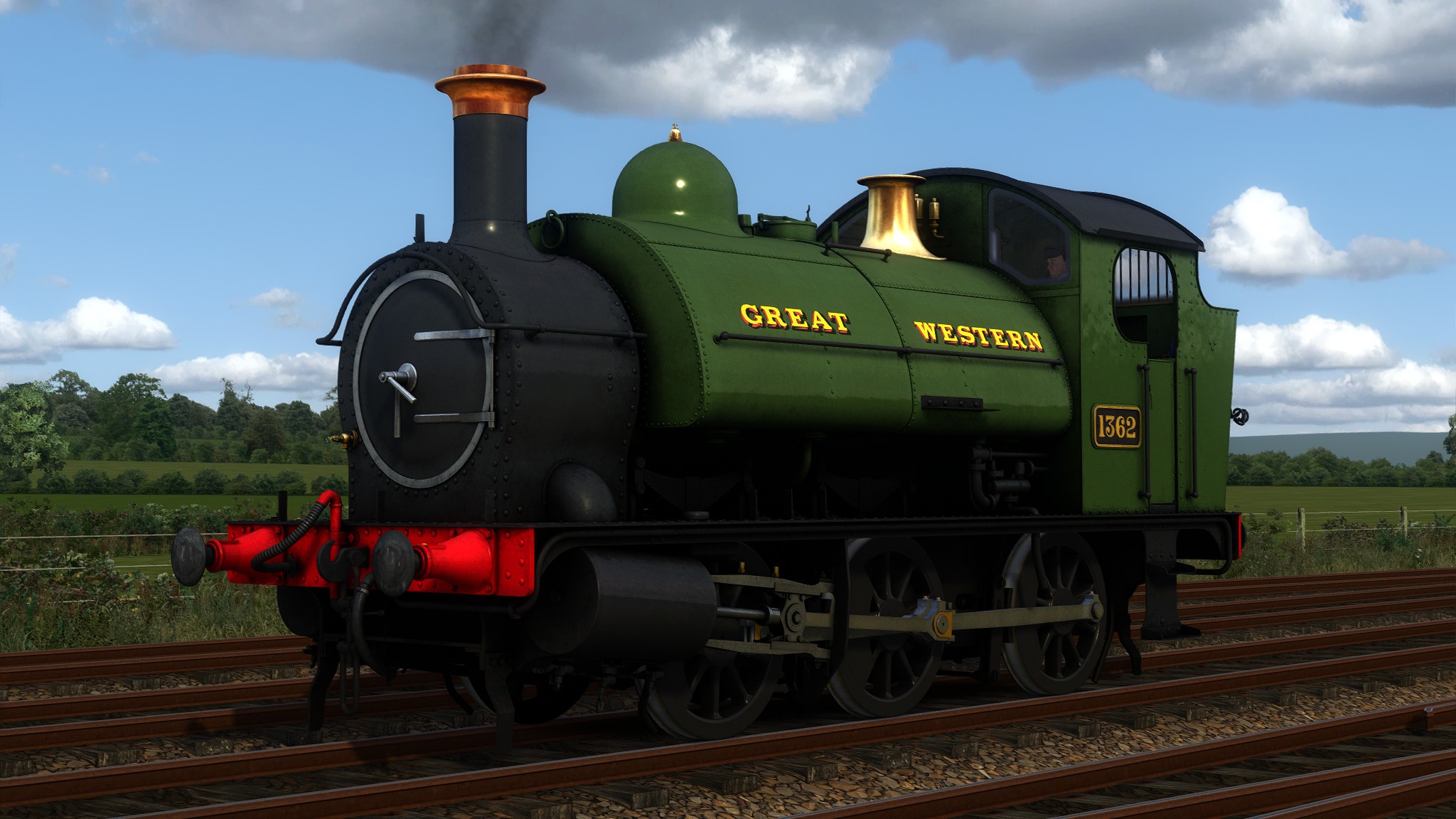
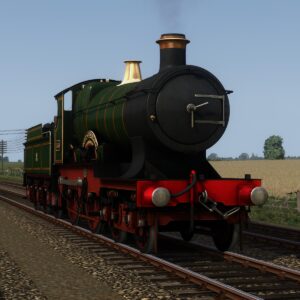
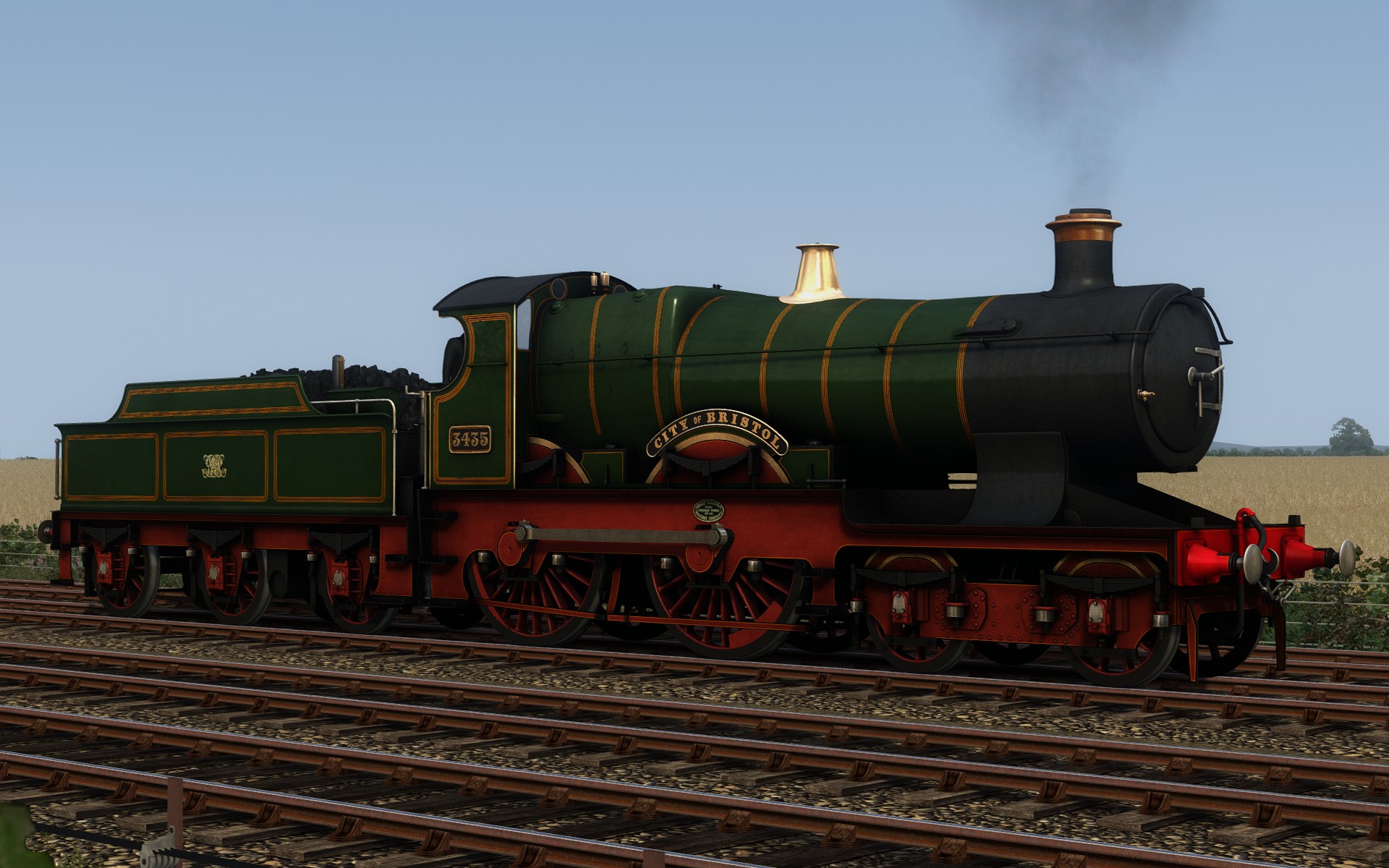
Reviews
There are no reviews yet.